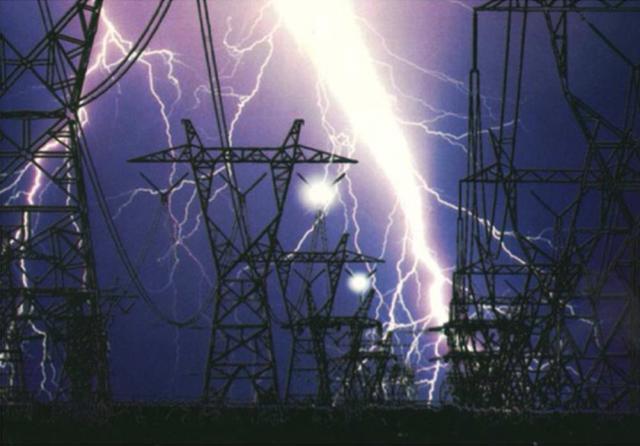

The basic ground potential rise (GPR) study gives the necessary information for a power company to provide to a telco in order to provision communications services within the high voltage corridor (substations, generation facilities, and power transmission towers).
The data necessary for the GPR studies includes a field trip to the site to gather the resistivity measurements for the substation being studied. The soil resistivity is simplified to a two-layer model, which then is used in the CDEGS software, which will calculate the resistance of the grid. With this information as well as the fault data provided by the power company, the telco can then determine the zone of influence (ZOI) of the worst-case fault condition at the substation, thus giving the telco the information necessary to determine where to place the CFJ or RDL.
More elaborate and detailed studies are available for those who have need to see the more specific data involved with the study. This would include the raw data, charts, graphs, and explanations of how the study is derived. The basic or Mini-GPR study would perform the same analysis, but the product would be limited to providing the telco’s particular HVI form.
The GPR study that is normally provided by an average engineering firm is a calculated value based on a number of variables, which have been compromised a bit due to necessary simplification of the analysis. The use of the Smart Ground Multimeter (SGM) to provide a measured value of resistance as opposed to merely calculating that value is a tremendous advantage if you are looking for improved accuracy.